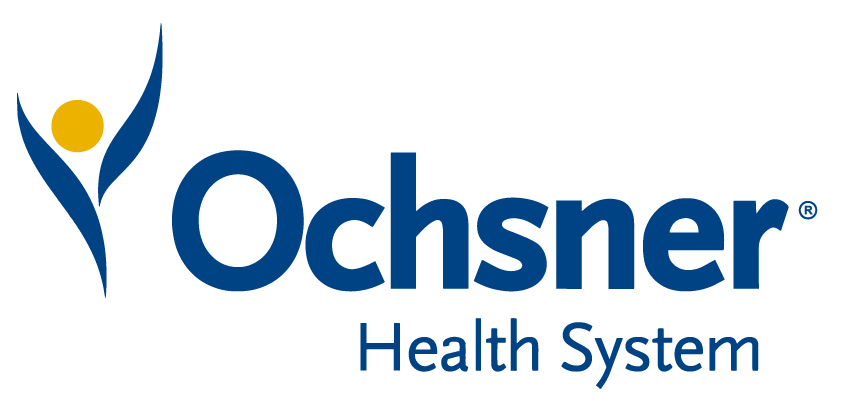
At OhioHealth Grant Medical Center, the OR is a hub of constant activity—but like many hospitals, valuable minutes were being lost to unused block time, last-minute cancellations, and disconnected scheduling workflows. Instead of accepting those inefficiencies, the team set out to redesign how surgical time was managed. By combining AI-powered tools, structured governance, and a culture shift toward transparency and shared accountability, the team built a system that’s scalable, data-driven, and surgeon-friendly.
In this session, you’ll hear how Grant turned reactive scheduling into a proactive, data-driven system—and how they’re sustaining results over time.
Learn how their team:
This isn’t just about more minutes, it’s about building trust, efficiency, and a system that works better for everyone in the OR.





Take the first step towards unlocking capacity, generating ROI, and increasing patient access.